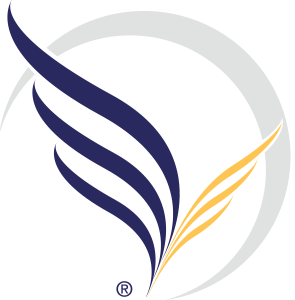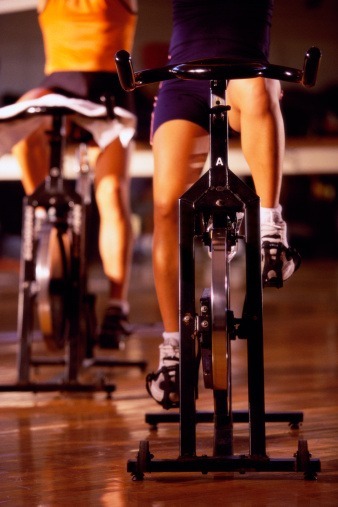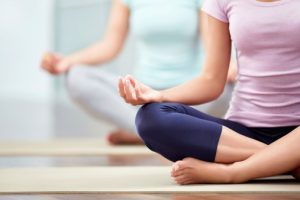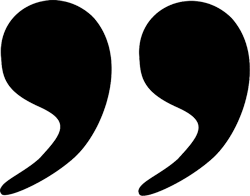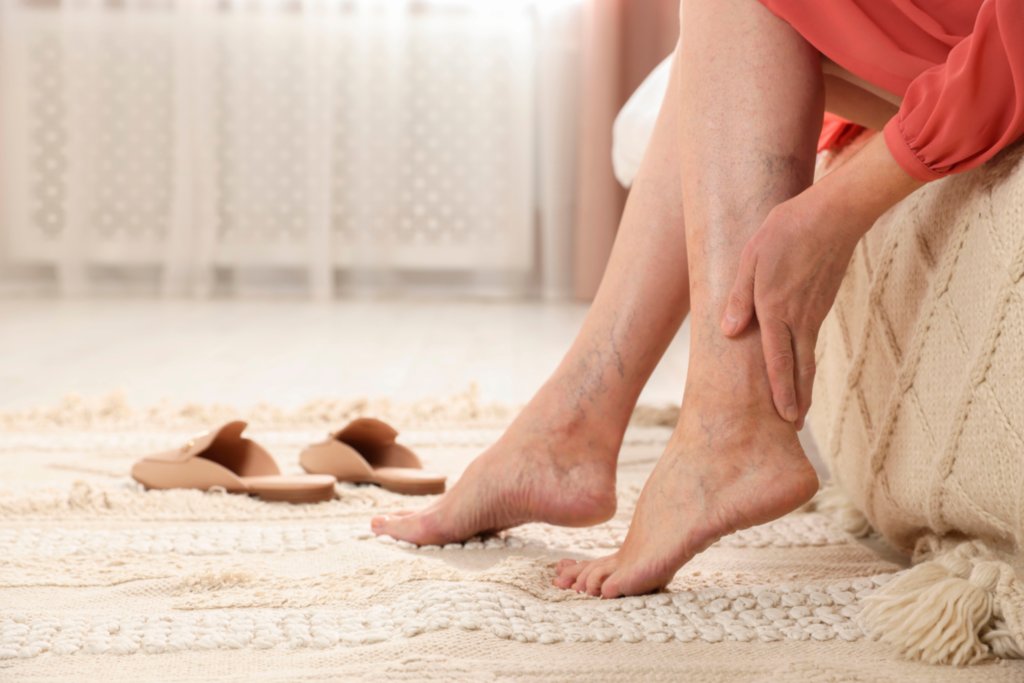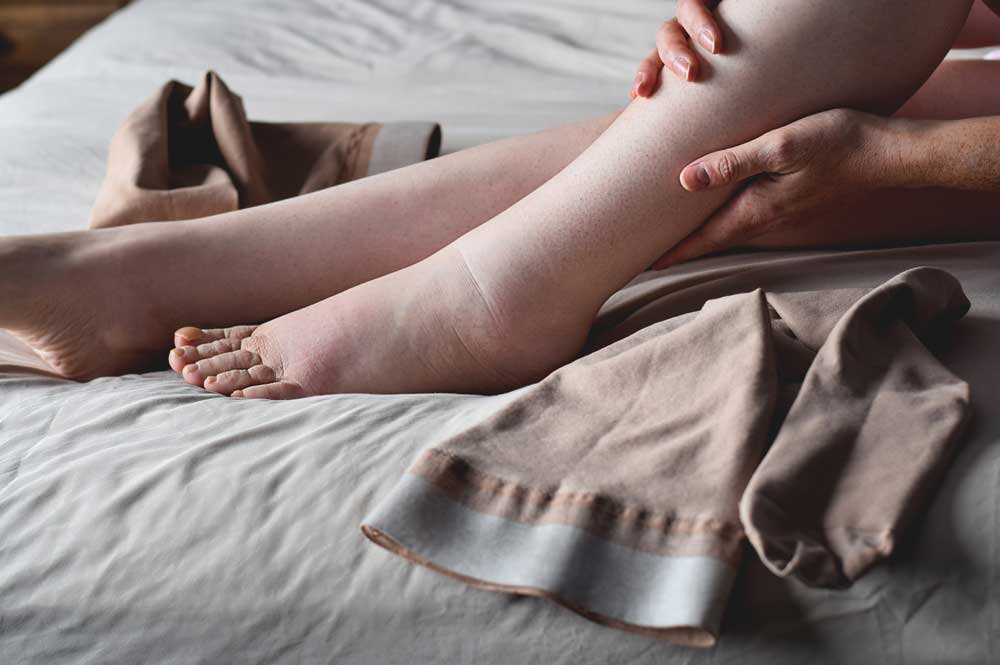Do you have varicose or spider veins? If you do, you most likely have questions about exercise and varicose veins. Is it safe to exercise if I have varicose or spider veins? If so, what exercises are best for slowing the progression of venous reflux – the underlying cause of my vein disease? Or, I am an athlete, how could I possibly have vein disease?
Today, we will answer these questions and provide helpful tips about exercising and varicose veins that promote ‘healthy veins for life.’ Plus, we will discuss other solutions if you have a difficult time exercising for various reasons.
Athletes, Exercise And Varicose Veins
Last month, a young woman came to our office with tired, achy legs. Being in great shape, a life-long soccer player including the collegiate level, and a runner, she was surprised to learn she had symptomatic vein disease. The truth is, even athletes and healthy people can have varicose and spider veins. In fact, some exercises can increase your risks of having varicose veins or other vein diseases.
The Dos & Don’ts Of Exercise And Varicose Veins
Diseased veins are most commonly associated with prolonged sitting or standing careers, hereditary factors, and pregnancy. However, even if you are at high risk for vein disease, there are principles you can follow to help maintain ‘healthy veins for life.’
Exercise is the #1 healthy vein principle, but certain exercises are better for your veins than others. As you exercise, blood is pumped back to the heart from the calf muscle and veins in the arch of the foot – a strong calf muscle promotes healthy blood circulation and minimizes vein disease.
So, what exercises are good for vein health and which are counterproductive?
Walking
The best exercise is walking. Walking is a low-impact activity that stretches and strengthens your calf pump, thereby improving your blood flow.
Set a goal to walk 30 minutes a day, at least five days a week. Park farther away when shopping so you can walk a little longer. Your veins will thank you for it!

